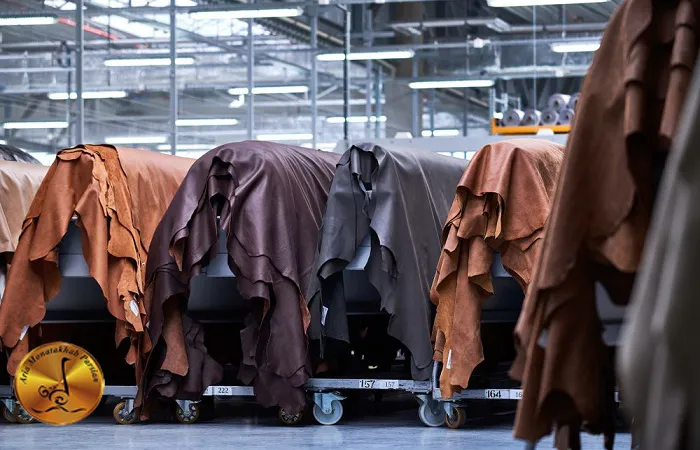In an era where sustainability is at the forefront of consumer consciousness, the quest for ethical and eco-friendly alternatives extends to the realm of exotic leathers. Ostrich skin, known for its unique texture and opulent appeal, is gaining recognition as a sustainable choice. In this article, we delve into the factors that make ostrich skin a potentially eco-conscious alternative to other exotic leathers.
Ethical Farming Practices
Ostrich farming, when conducted ethically, involves practices that prioritize the well-being of the animals. Farms adhering to ethical standards ensure that ostriches are raised in spacious and humane conditions, contributing to a sustainable and responsible source of exotic leather.
Low Environmental Impact
Ostrich farming has a relatively low environmental impact compared to some other exotic leather sources. Ostriches are known for their efficient conversion of feed into leather, requiring less land and water resources. This efficiency can translate into a reduced ecological footprint when compared to other exotic animals.
Regenerative Farming Potential
Some ostrich farms engage in regenerative farming practices that focus on restoring ecosystems and promoting biodiversity. Ostriches can contribute to regenerative farming by naturally foraging, reducing the need for intensive agricultural practices that can harm the environment.
Efficient Leather Production
Ostrich leather production is known for its efficiency. The large follicle patterns on ostrich hides mean that a significant portion of the hide can be utilized for leather, minimizing waste. This efficiency aligns with sustainable principles, making ostrich skin an eco-friendly choice.

Longevity and Durability
Ostrich leather’s natural durability and longevity contribute to its sustainability. Products made from ostrich skin can withstand the test of time, reducing the need for frequent replacements. This longevity aligns with the principles of sustainable consumption.
Read More : Where to Find Authentic Ostrich Leather Products
Versatility in Applications
Ostrich leather’s versatility in various applications, from fashion to interior design, allows for a broader market reach. This adaptability contributes to a more sustainable utilization of ostrich leather, as it finds applications beyond traditional luxury goods.
Transparent Supply Chains
Many suppliers of ostrich leather prioritize transparency in their supply chains. Knowing the origin of the material allows consumers to make informed choices, supporting ethical and sustainable practices in the industry.
While the sustainability of exotic leathers is a complex and nuanced topic, ostrich skin emerges as a contender for those seeking a more eco-friendly alternative. Ethical farming practices, low environmental impact, regenerative farming potential, efficient leather production, durability, versatility, and transparent supply chains collectively position ostrich skin as a potentially sustainable choice in the exotic leather market. As consumers increasingly gravitate toward ethical and eco-conscious options, ostrich skin showcases its potential to feather the nest of sustainability in the world of luxury materials.
